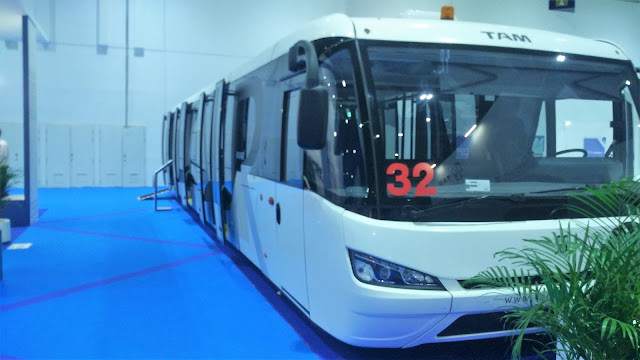Fiat Multijet: The Universal Engine
| Fiat Punto 2012 |
The Fiat 1.3 litre uniJet Diesel (continued later as Multijet) may secretly working under your car’s hood for long without you knowing about it. The global use of the engine speaks wonders about its steadfastness, economy, power and primarily its flexibility. Produced in Poland under the Fiat banner, the engine displaces 1248cc and is the one that brought the ‘trend of’ the CRDi technology to the Indian car buyers. Hyundai introduced the 1.5litre CRDI Diesel but it was the Fiat counterpart that intrigued the Indian consumers. This work-of-art engine works under the bonnet of Maruti Suzuki Swift, the Maruti Suzuki Ritz, the Maruti Suzuki D’zire, the Maruti Suzuki SX4, the Fiat Stile MJD, the Fiat Grande Punto, the Fiat Linea, the Fiat 500, the Tata Indica Vista and last but not the least the Tata Indigo Manza.
o what is the brilliance in this engine you might wonder? For one the engine has the best in class power/weight ratio diesel technology offers today. Secondly, until this machinery was introduced Diesel engines were looked down upon as non-environment friendly and expensive to maintain. The engine makes use of spring loaded valves that open/close at a definite fuel pressure. It makes use of multiple points to inject a pre-determined quantity of fuel, rather than the conventional single-central point of injection.
| Indigo Manza |
Fiat introduced its flagship engine in 2003, at a time when it needed it the most. The company was going through a dry phase and other players were dominating the market. When Fiat introduced the 1.3 JTD, all other manufacturers were playing in higher powered engines, making conditions extremely favorable for the Italian manufacturer. What Fiat didn’t know, is soon the engine will bring their sales charts back on track. The machine is flexible in terms of tuning, making it highly efficient and customized to the extent of gaining enhanced performance. Unsurprisingly, consumer response was positive, and in 2005 it received the ‘International Engine of the Year’ award in the 1-1.4litre category. Diesel technology is invariably expensive to produce and experiment with, which is primarily one of the reasons why most automobile manufacturers don’t put massive efforts on researching and generating their own diesel engines. Fiat saw this as an opportunity to give the license of its JTD engines to other manufacturers. They produced the JTDs in three variants –70bhp, 75bhp and 90bhp.
January 2007. Suzuki declares launch of Swift as a diesel variant, after it got the license from Fiat to manufacture its JTD technology. Considering the investment that goes into producing an all new diesel engine and the Fiat engine made available to car manufacturers, Suzuki chose to get the rights from Fiat over producing their own engine. The Japanese company tuned the engine to produce 75bhp and 190Nm of torque.
| Suzuki Swift |
October 2007. Tata Motors and Fiat take their Joint Venture one step further and establish an industrial joint venture at Ranjangaon in Maharashtra. According to the deal the JV will manufacture cars for Fiat as well as Tata. Meanwhile Tata continues to sell Fiat vehicles in their showroom as per the contract signed in March 2006. Soon after the merger the wind brought sounds of the Tata Indica hosting an all new diesel engine, no prizes for guessing which engine it was.
The Tata-Fiat joint venture approached Suzuki Motors in July 2008 to set up a joint facility to manufacture the universal engine, but the latter chose to fabricate at its own facility through its Indian subsidiary Maruti at the Manesar plant in Hyderabad. Suzuki chose to independently engineer the engines and pay royalty to Fiat for their design.
Suzuki has tuned the engines to greater perfection than all other car manufacturers. The Suzuki Swift, Tata Indica Vista Quadrajet and the Fiat Punto all run on the same engines. The Swift is the fastest of the lot doing a standstill to 100kmph in 14.13 seconds as compared to Vista’s 21.1 seconds and Punto’s 17.57 seconds. It also offers a wider gear ratio than the Fiat Punto making for comfortable driving and a lesser need to shift gears repeatedly. The power to weight ratio of the Swift also shows a better scale than the Fiat complement with a kerb weight of 1075kg in the Swift as compared to a 1130kg in the Punto. That was that about the hatchbacks, in the c-segment sedans. The Suzuki SX4, the Tata Indigo Manza and the Fiat Linea T-jet are powered by the same engine. Here again, the Suzuki is tuned for better performance than the engine sisters of the class.
In india the engine powers
1.Suzuki Swift
2. Suzuki Swift Dezire
3.Tata Vista
4.Tata Manza
5.Fiat Punto
6.Suzuki Ritz
7.Suzuki SX4
8.Suzuki Ertiga



Manza's new version Manza Club Class is in the market with upgraded features and more classy interior with Italian upholstery.This is a better option for Tata lovers who are going to buy Manza in this season.
ReplyDeleteTata Manza Review